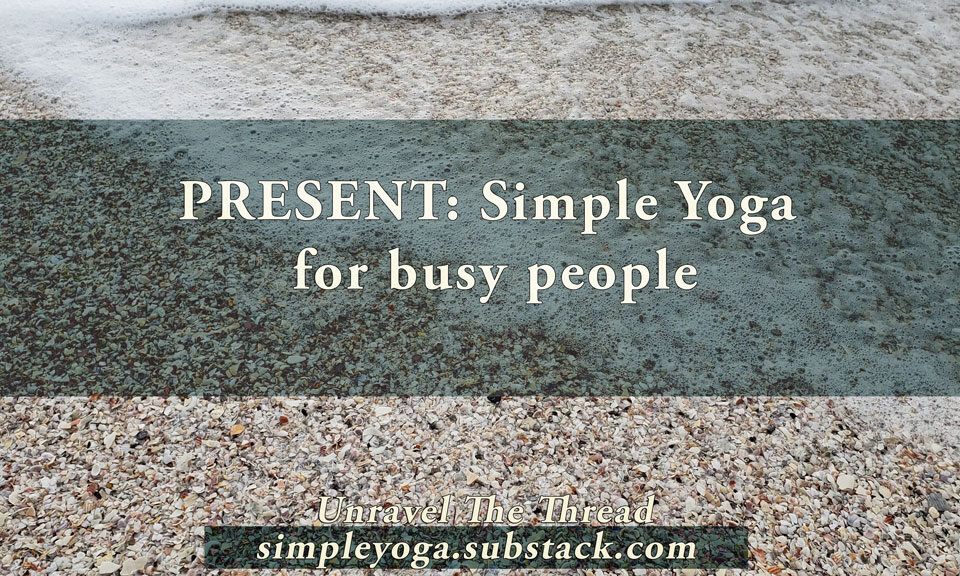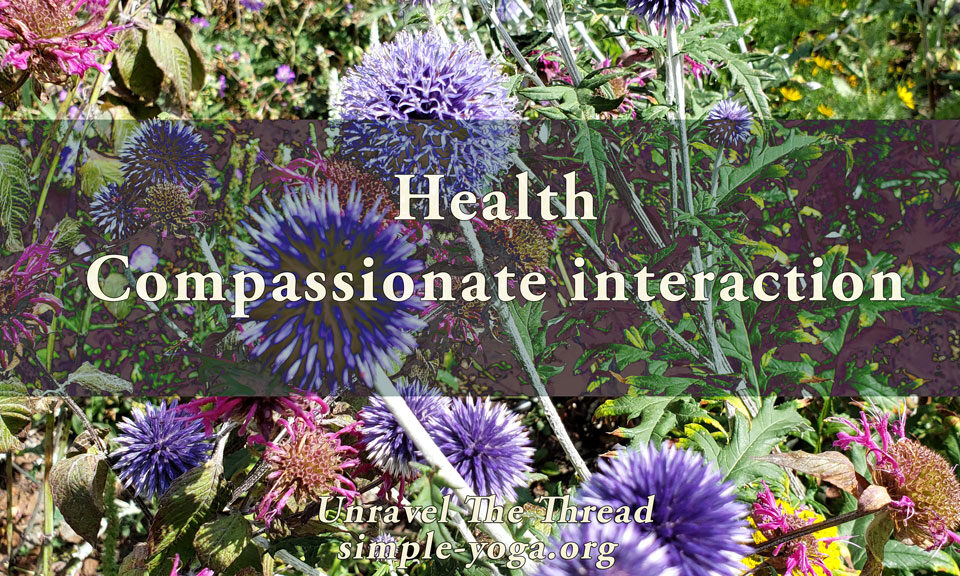The gift of silence
December 28, 2007Is there somebody else practicing Yoga on your mat?
January 19, 2008The gift of silence
December 28, 2007Is there somebody else practicing Yoga on your mat?
January 19, 2008Clear Vision



Visual Clutter
Our eyesight helps us understand, navigate, interact with and participate in the world. Often, venturing out into the world offers us an encounter with what some people call visual pollution, particularly in urban areas:
However, visual clutter is not constrained to outdoor spaces. As the presentation The Story of Stuff shows, many of us own too many things. Hence, the growth of self-storage, organizing and junk removal businesses. If we have more stuff, it is quite likely that we’ll have more visual clutter. Although, I agree that some clutter gives a home personality and character, too many things in our field of vision become distractions that compete for our attention. Of course, anybody browsing the web is aware of the prevalence of visual clutter on many websites.
Focus
One way to deal with visual clutter is to maintain focus on one object to ignore competing stimuli. There are numerous Yoga techniques aimed to improve our ability to focus. There are also useful techniques to relax the eyes and develop concentration at the same time. But, sometimes we might notice that even with our eyes closed we continue to process visual information. Just as we argued in the previous post about silence, it is important to withdraw our minds from processing information all the time. This is what I call visual silence.
Visual Silence
Although we rest our eyes during our sleep, resting our eyes during our waking hours brings multiple benefits to our health, to our concentration and to our sense of peace and relaxation. These are the steps to practice visual silence in 5 minutes:
- Turn off any potential sources of distraction and interruptions like telephones, TV, stereo.
- Dim the lights, or turn the lights off and light a candle(s).
- Place a folded blanket on the floor. Lie down with your knees bent, feet flat on the floor, arms resting on the floor alongside the torso, palms of the hand down.
- Make yourself as comfortable as possible.
- Exhale deeply without forcing.
- Close your eyes gently.
- Rest your attention on your right eye. Without thinking, analyzing or judging, just observe any sensations on your right eye.
- Relax the muscles around the right eye and allow your right eye to release tension and sink down gradually.
- Keep your attention gently focused on your right eye. If any internal images emerge allow them to drift by.
- Stay with your attention resting on your right eye until your right eye feels as relaxed as it can be.
- When you feel ready, shift your attention to the left eye.
- Notice any differences between the two eyes.
- Allow your left eye to release any sensations of holding.
- Relax the muscles around your left eye.
- Keep your attention on your left eye, allowing the eye to be restful.
- When you are ready, focus effortlessly on both eyes and enjoy the feeling of relaxation for as long as you like.
- Open your eyes gradually, allowing time to adjust gradually.
- Notice any differences in your eyesight and in how your eyes feel. You might notice that your mind and breath also feel more relaxed and restful.
As usual, I would suggest that you try this technique, for 5 minutes a day, for one or two weeks paying attention to any effects you observe.
Results
As a Pratyahara (sensory withdrawal) practice, the visual silence technique frees our minds from the processing visual information continuously. This practice teaches us to relax consciously, resulting in physical and mental relaxation and clarifying our vision and our way of seeing.
Namaste

